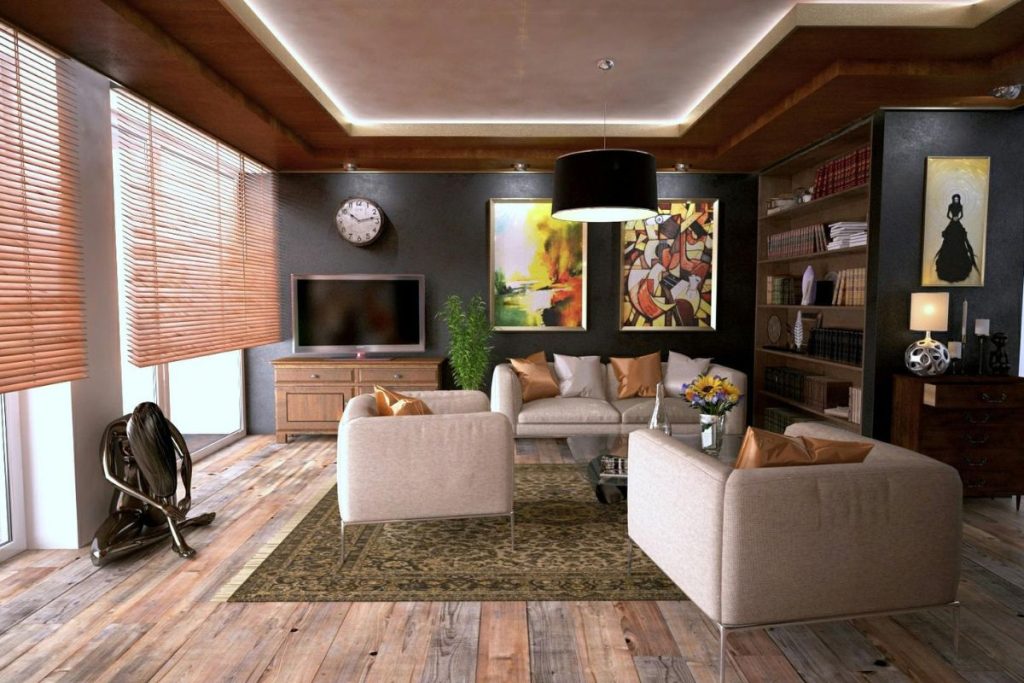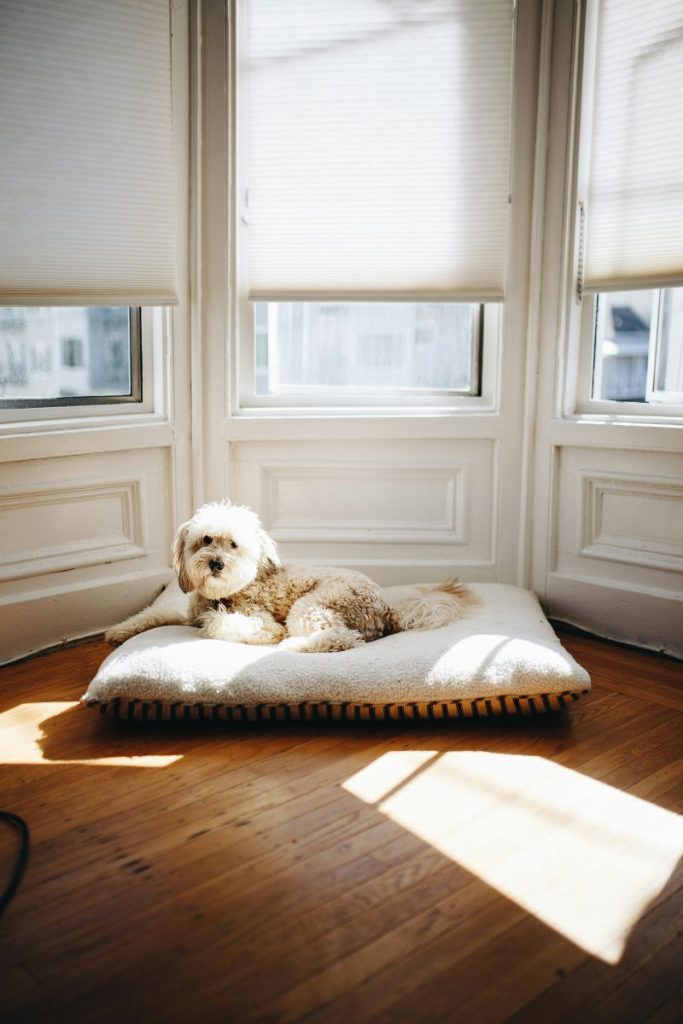Blinds play a powerful role in interior colour psychology because they influence both the colour palette of a room and the quality of light that enters it. The shade, texture, and opacity of blinds can change how people feel in a space — from energised and focused to calm and relaxed. Light-filtering fabrics, colour choices, and controlled brightness all affect mood and comfort levels.
When chosen thoughtfully, blinds become more than practical window coverings; they become emotional design tools that shape atmosphere, wellbeing, and the way a room is experienced.
Key Benefits at a Glance

- Colours affect emotions, focus, and comfort
- Light-filtering blinds regulate mood through brightness
- Darker shades create intimacy and warmth
- Lighter tones make spaces feel bigger and calmer
- Neutral blinds support minimalist and balanced environments
- Bold colours express personality and energy
- Fabric type influences softness, warmth, and ambience
- Blinds help create tailored atmospheres for each room
Blinds are often chosen for their function — privacy, light control, or insulation — but their impact on emotional wellbeing is just as significant. Colour psychology has long shown that the tones we surround ourselves with influence how we feel, behave, and even how we perceive space. Because blinds take up visual wall space and filter natural light, they play an essential role in shaping mood and comfort within a home.

Light is one of the most influential elements in colour psychology. Bright, cool daylight tends to energise, while warm, dim lighting helps people relax. Blinds act as a gateway between the outdoors and the interior, controlling how much light enters and what tone it takes. Light-filtering fabrics soften harsh daylight, creating a gentle, calming environment, while blackout designs help create restful spaces ideal for sleep and recovery. This makes blinds an important emotional regulator, particularly in bedrooms, nurseries, and home offices.
Colour is equally important. Lighter blinds — such as white, ivory, soft grey, or beige — create a sense of openness and serenity. These shades reflect more light, making rooms feel larger and airier. They work especially well in compact living rooms or small bedrooms where a calm, spacious feeling is desired. Neutral tones are also linked to clarity and balance, making them ideal for contemporary interiors or minimalist homes.
On the opposite end, darker blinds introduce a feeling of warmth and intimacy. Shades like charcoal, navy, forest green, or deep brown can make a room feel grounded and inviting. Dark colours absorb more light, reducing glare and creating a cosy atmosphere — perfect for media rooms, reading nooks, and bedrooms where relaxation is key. These colours support emotional security and help a space feel more personal.
Warm-toned blinds such as terracotta, mustard, rust, or warm beige bring energy, optimism, and comfort into a room. They mimic natural elements like sunlight, sand, and earth, making them ideal for creating welcoming and cheerful spaces. These tones work well in kitchens, dining rooms, and family areas where warmth and social interaction are encouraged.



Cool-toned blinds — teal, soft blue, sage green, or pale turquoise — are associated with calmness, focus, and clarity. Cool colours are particularly effective in home offices, bedrooms, and bathrooms where concentration or relaxation is important. They help reduce visual stress and evoke feelings of tranquility.
Pattern and texture also influence comfort levels. Soft fabrics create a gentle, warm atmosphere, while smooth or structured textures give a more modern, clean feel. Even subtle patterns can change the emotional flow of a room by adding rhythm or visual balance.
The psychological effect of blinds is amplified by how they blend with the rest of the interior palette. When blinds complement wall colours, furniture, and accessories, they create harmony, which improves emotional comfort. When they contrast intentionally, they add personality and energy to the space.
In essence, blinds shape how light behaves, how colour is perceived, and how people feel inside the room. By choosing the right tones, fabrics, and designs, homeowners can transform any space into a place that supports relaxation, productivity, or creativity. Blinds are more than functional — they are powerful tools in designing mood, atmosphere, and comfort.
Images supplied courtesy of unsplash.com and pexels.com












